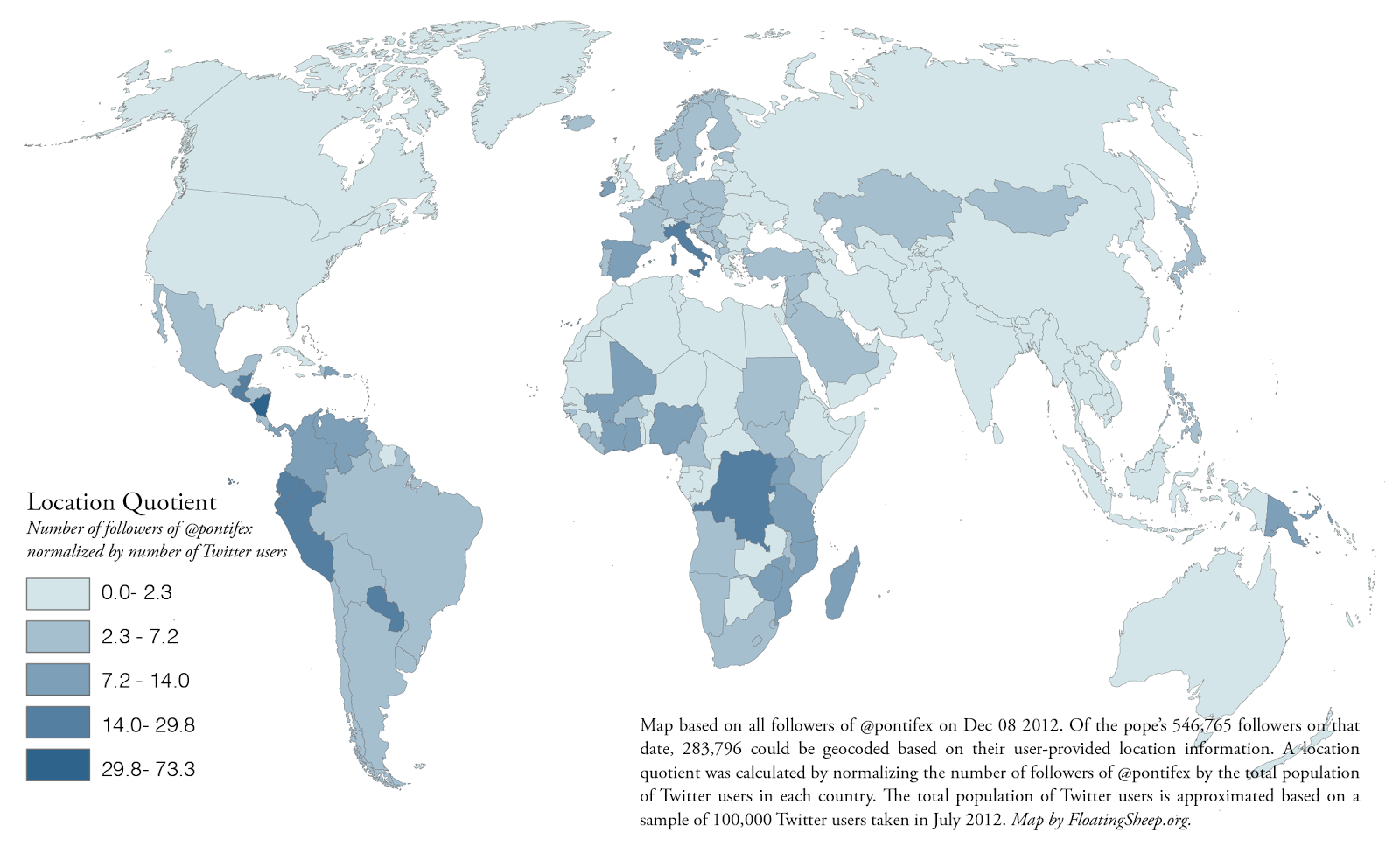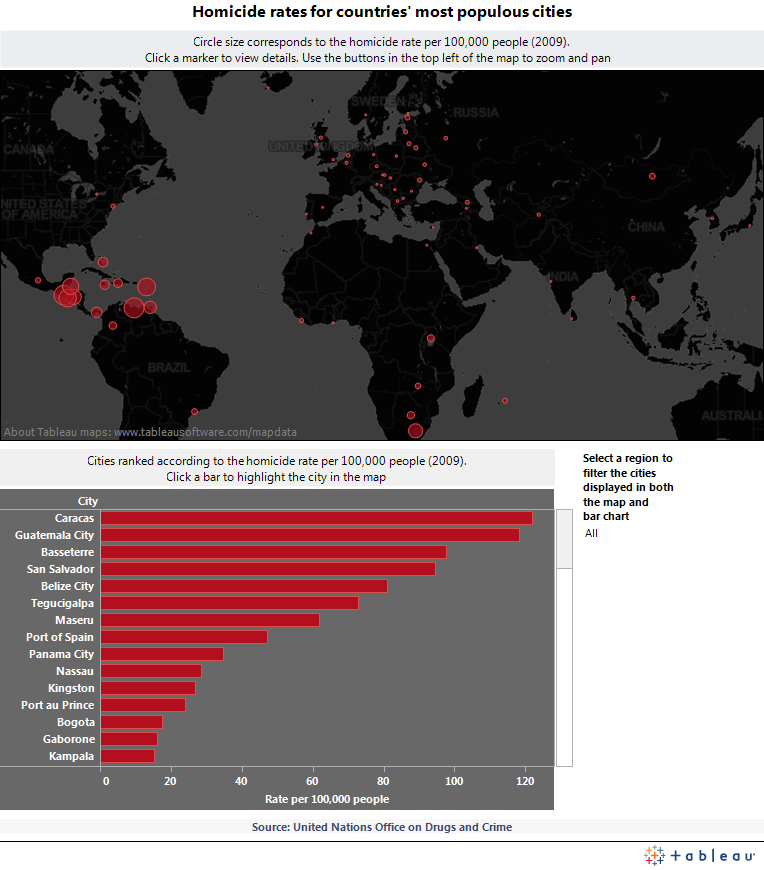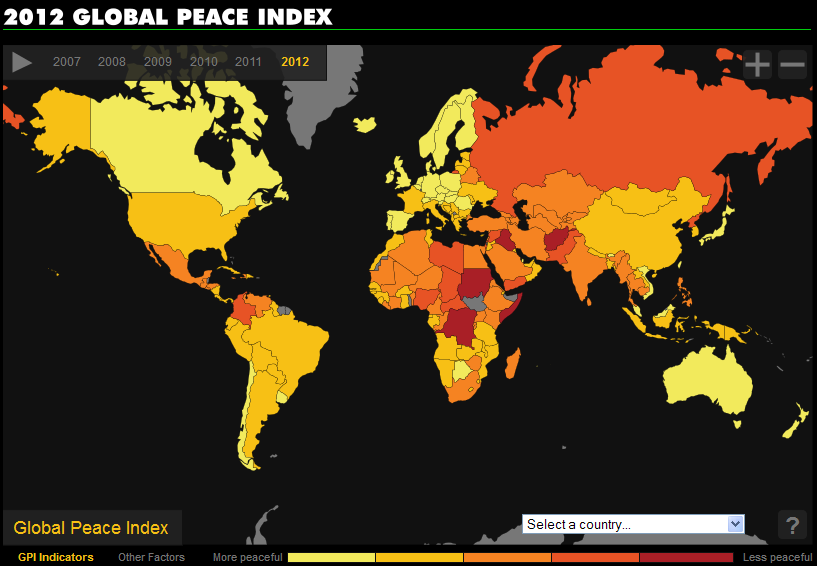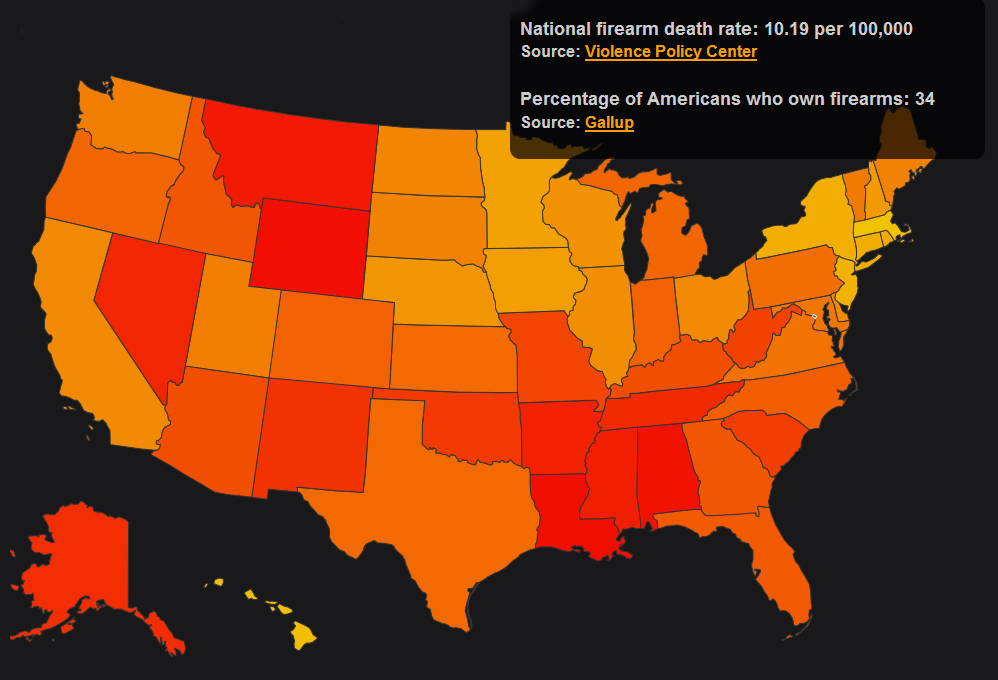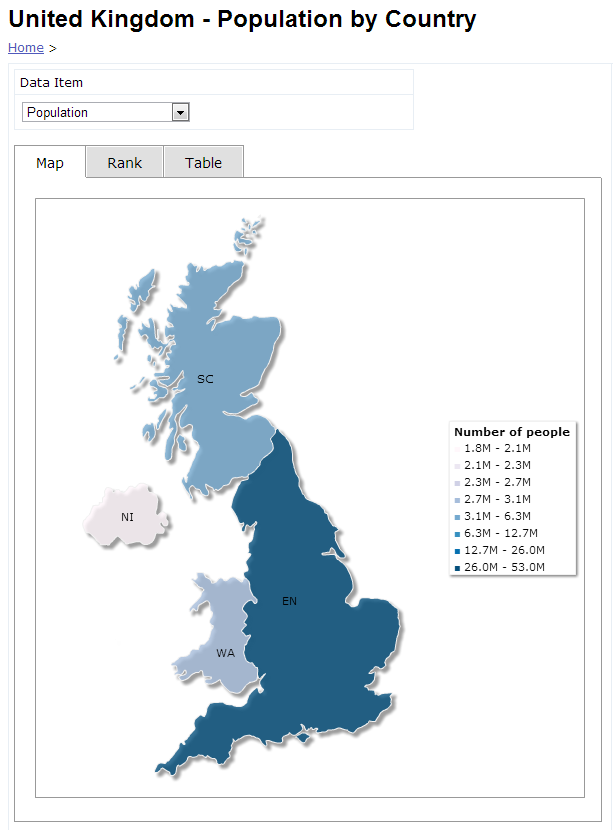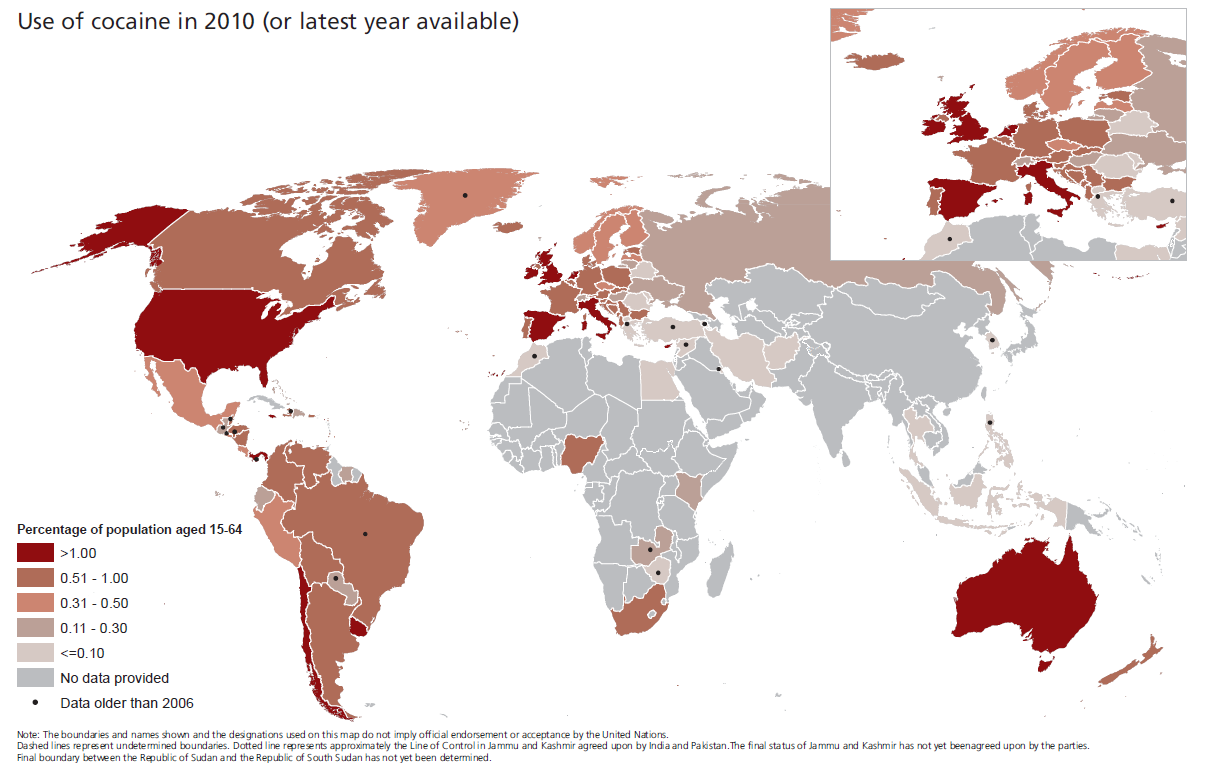Pope Benedict XVI has Twitter presence beginning December, 2012. His English language account @Pontifex already has 1,342,380 followers from all around the world, and has sent 14 tweets. The Floating Sheep blog mapped followers of this account based on their location as of December 8, 2012. According to this map, the largest number of followers were located in Italy and Nicaragua, followed by the Democratic Republic of Congo, Guatemala, Peru, Ecuador, Paraguay, Spain and Ireland among others.
